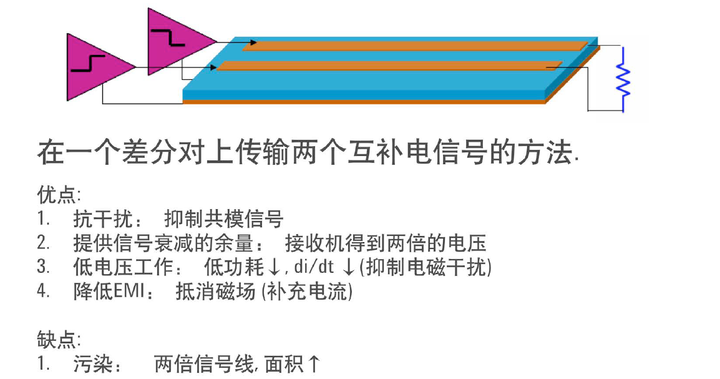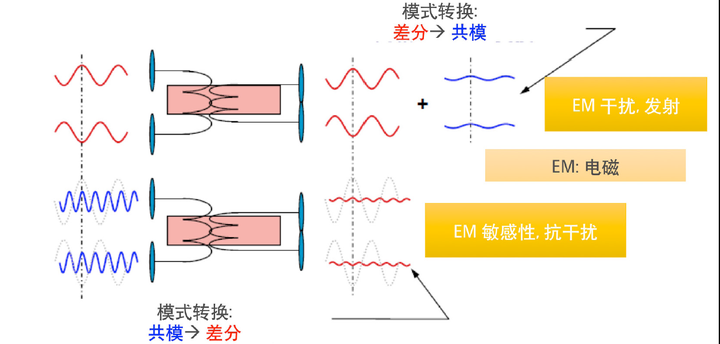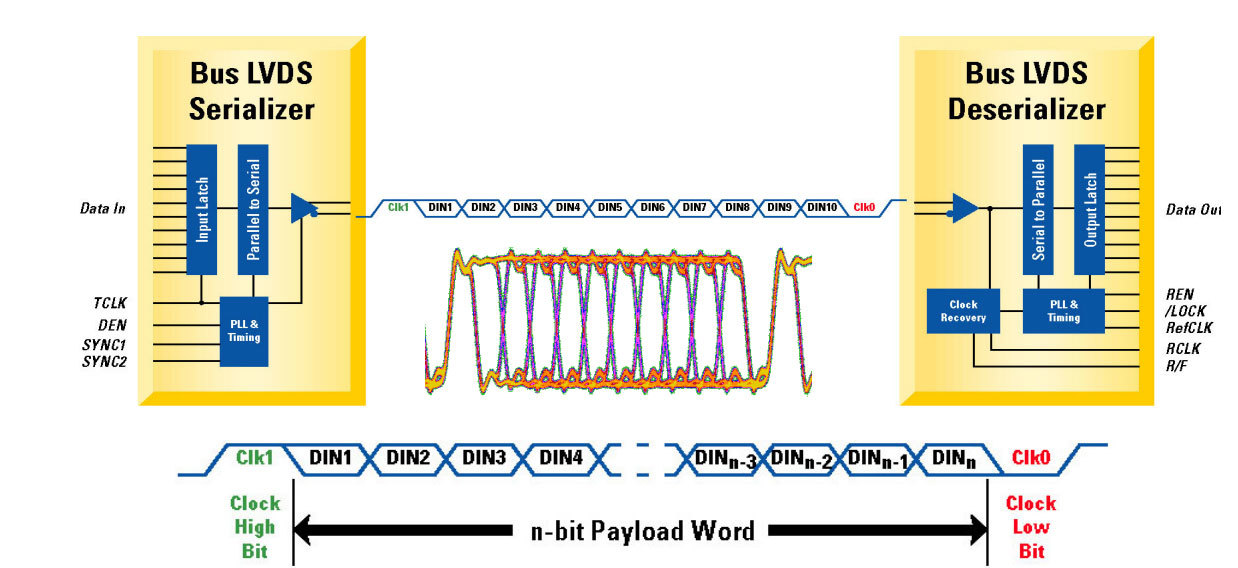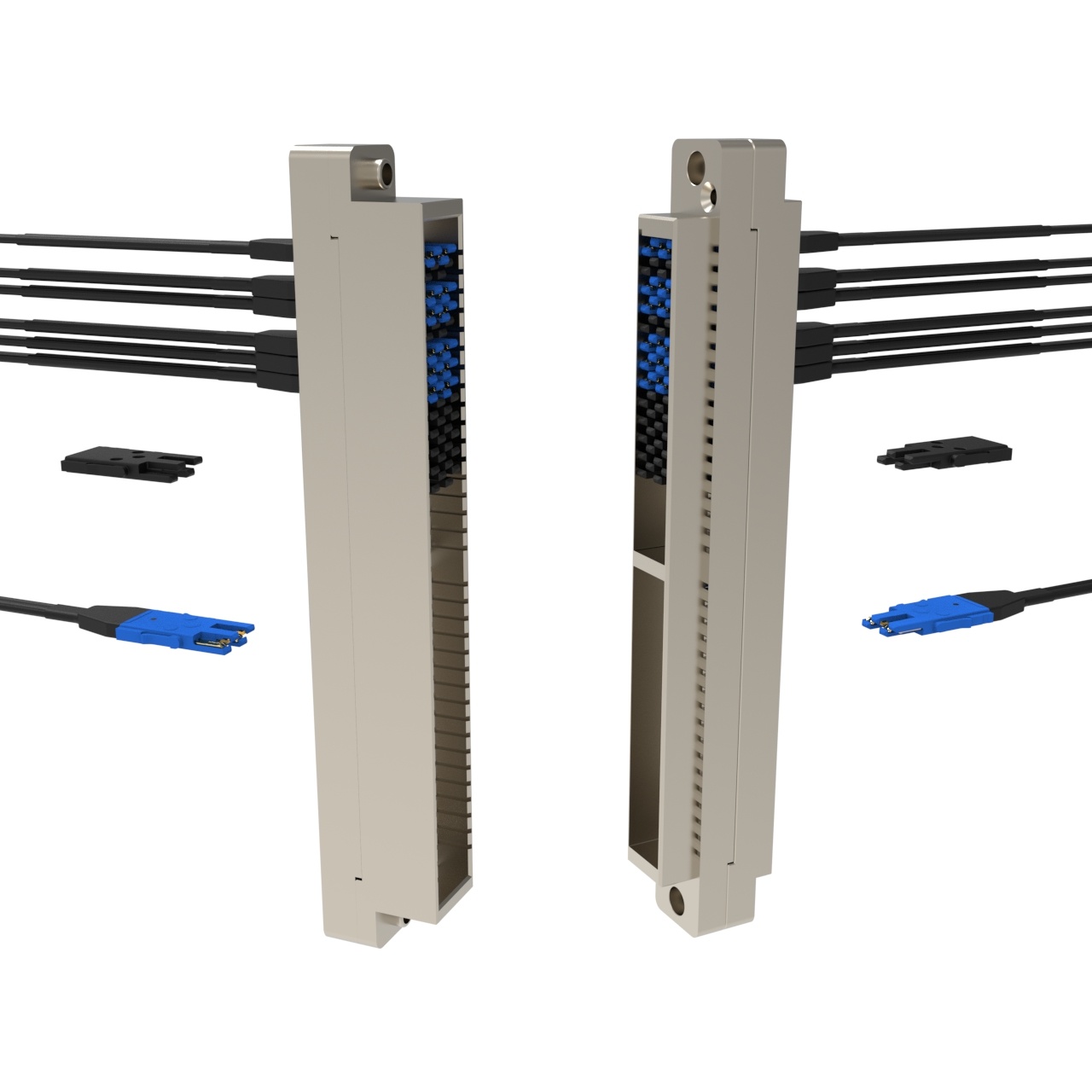
What is a differential pair?
A differential pair is essentially a pair of mutually coupled transmission lines that together carry a differential signal. The differential signal is realized by two output drivers driving two independent transmission lines, one of which transmits the original signal (such as 1 bit), and the other line transmits its complement signal. It has the characteristics of constant cross-sectional area, constant differential signal impedance, the same time delay and strong coupling, which minimizes the reflection and distortion of the signal and improves the transmission quality of the signal.

The main working principle
1) Differential signaling:is the core of a differential pair, which carries information by measuring the voltage difference between two transmission lines. The dI/dt generated by the dual driver is significantly lower than that of the single-ended driver, which helps to reduce ground bounce, track collapse and potential electromagnetic interference.
2)Common Mode Rejection: It can suppress the common noise or interference signal on the two transmission lines. This is because differential receivers are mainly concerned with the voltage difference between the two lines, and common mode signals (that is, the same signal parts on the two lines) usually do not carry valid information and do not affect the transmission of differential signals.

Application Scenarios: Differential pairs are widely used in various occasions that require high-speed and low-noise signal transmission, such as high-speed digital communication, radio frequency circuits, data centers, etc. In PCB design, the design and optimization of differential pairs is critical to ensure signal integrity and system performance.

Tengfang Zhongke's TPDC high-speed series connection scheme adopts parallel differential termination technology, with a theoretical maximum signal transmission speed of 12.5Gbps, which can effectively ensure signal integrity and support more than 150000 consecutive plugging and unplugging. At the same time compatible with a variety of standard high-speed protocols, such as: HDMI, USB3.0, SATA, Cat 6, etc. It is widely used in automotive electronics, aerospace and other test scenarios where real-time data is required.
recommend News
Contact Information

Address: Building A38, U Valley, Liandong, Baishazhou, Wangcheng Economic and Technological Development Zone, Changsha City, Hunan Province,China
Public number | tremolo number
Welcome to pay attention to us



